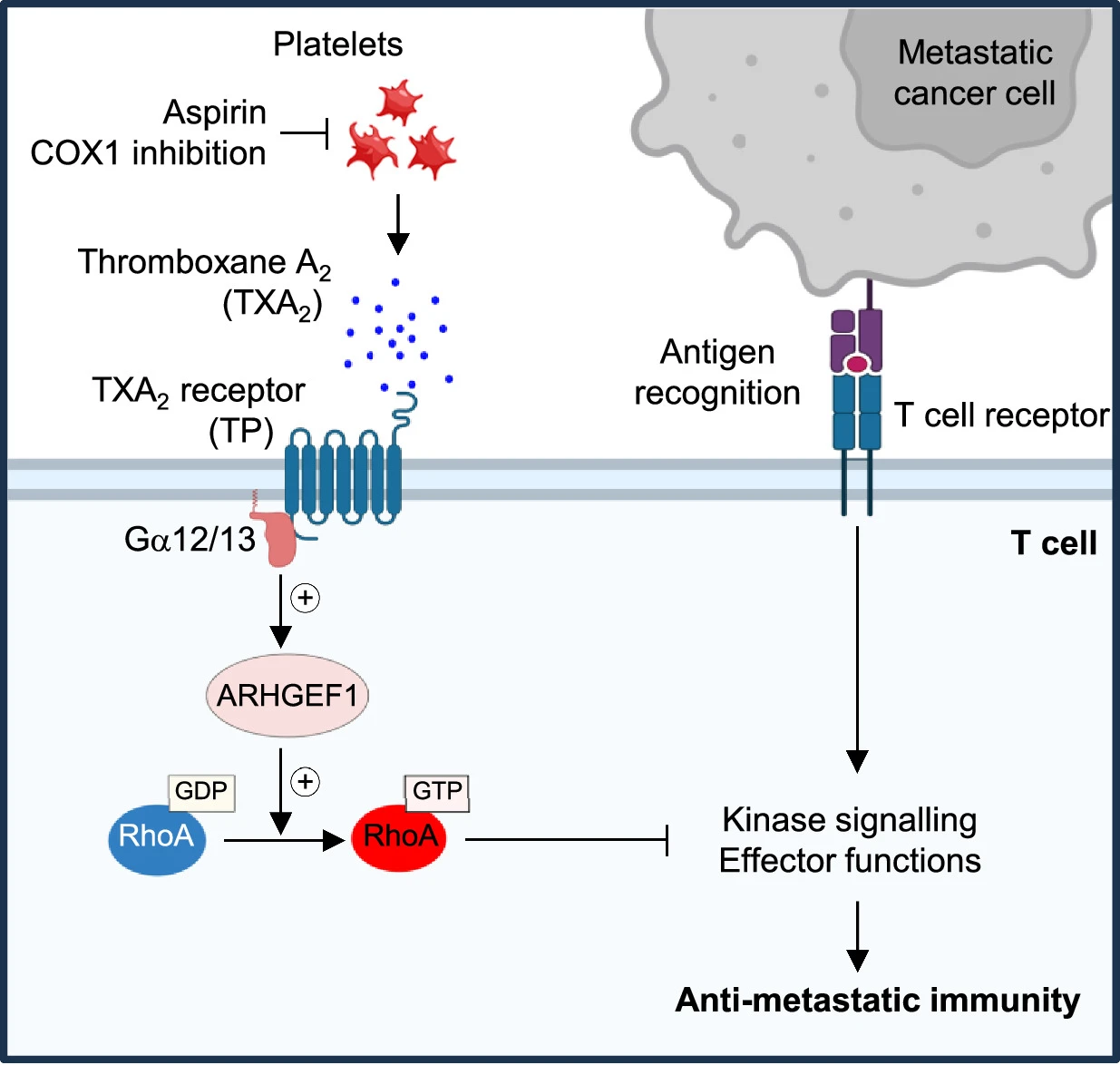
Aspirin prevents metastasis by limiting platelet TXA2 suppression of T cell immunity
아스피린은 T 세포 면역을 억제하는 혈소판 TXA2 제한을 통해 전이를 방지한다 Abstract 전이는 암세포가 원발성 종양에서 멀리 떨어진 장기로 퍼지는 현상으로, 전 세계적으로 암 사망의 90%의 원인이 된다. 전이하는 암세포는…

아스피린은 T 세포 면역을 억제하는 혈소판 TXA2 제한을 통해 전이를 방지한다 Abstract 전이는 암세포가 원발성 종양에서 멀리 떨어진 장기로 퍼지는 현상으로, 전 세계적으로 암 사망의 90%의 원인이 된다. 전이하는 암세포는…
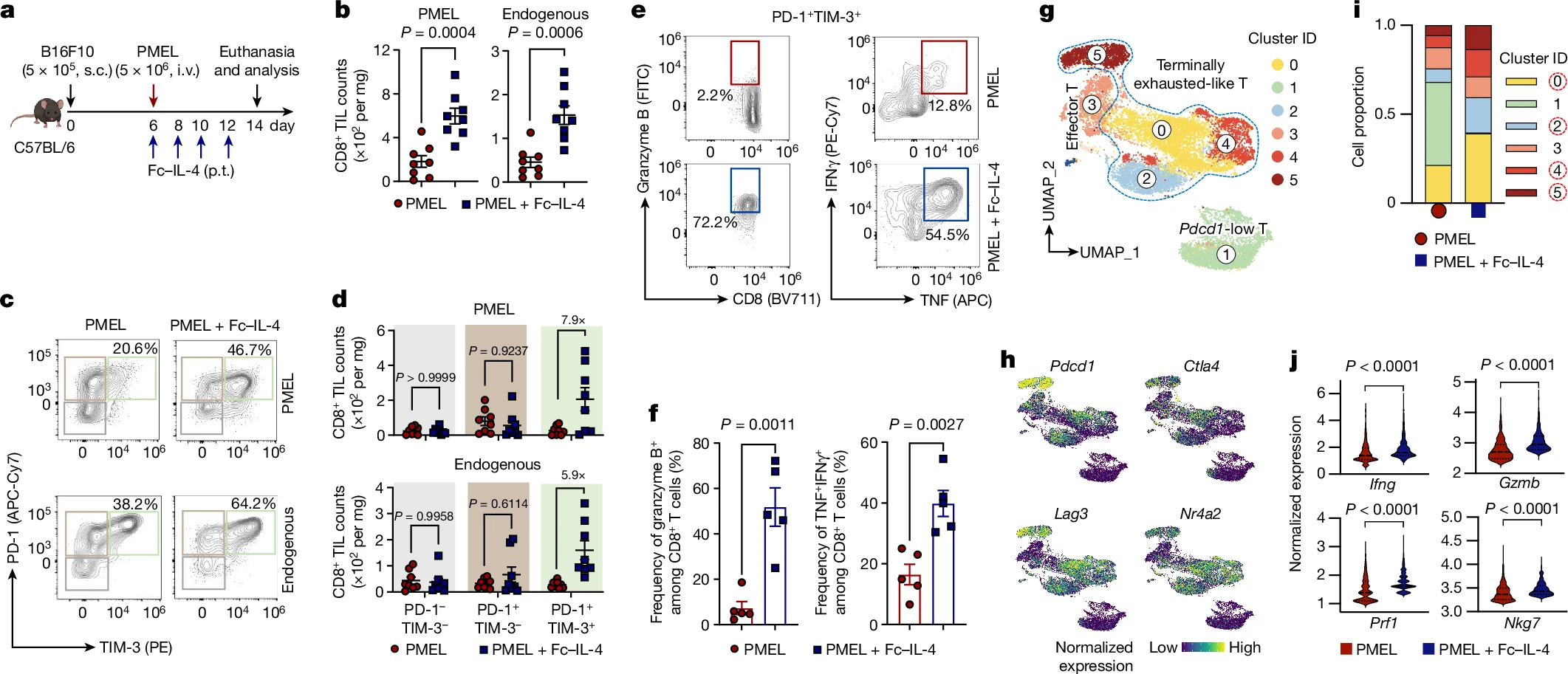
type 2 cytokine Fc-IL-4는 exhausted CD8+ T cell을 활성화하여 암에 대항한다 Abstract 현재의 암 면역 요법은 주로 암과 싸우는 type 1 면역 반응을 유도하는 데 중점을 두고 있지만, 장기적인 완전…
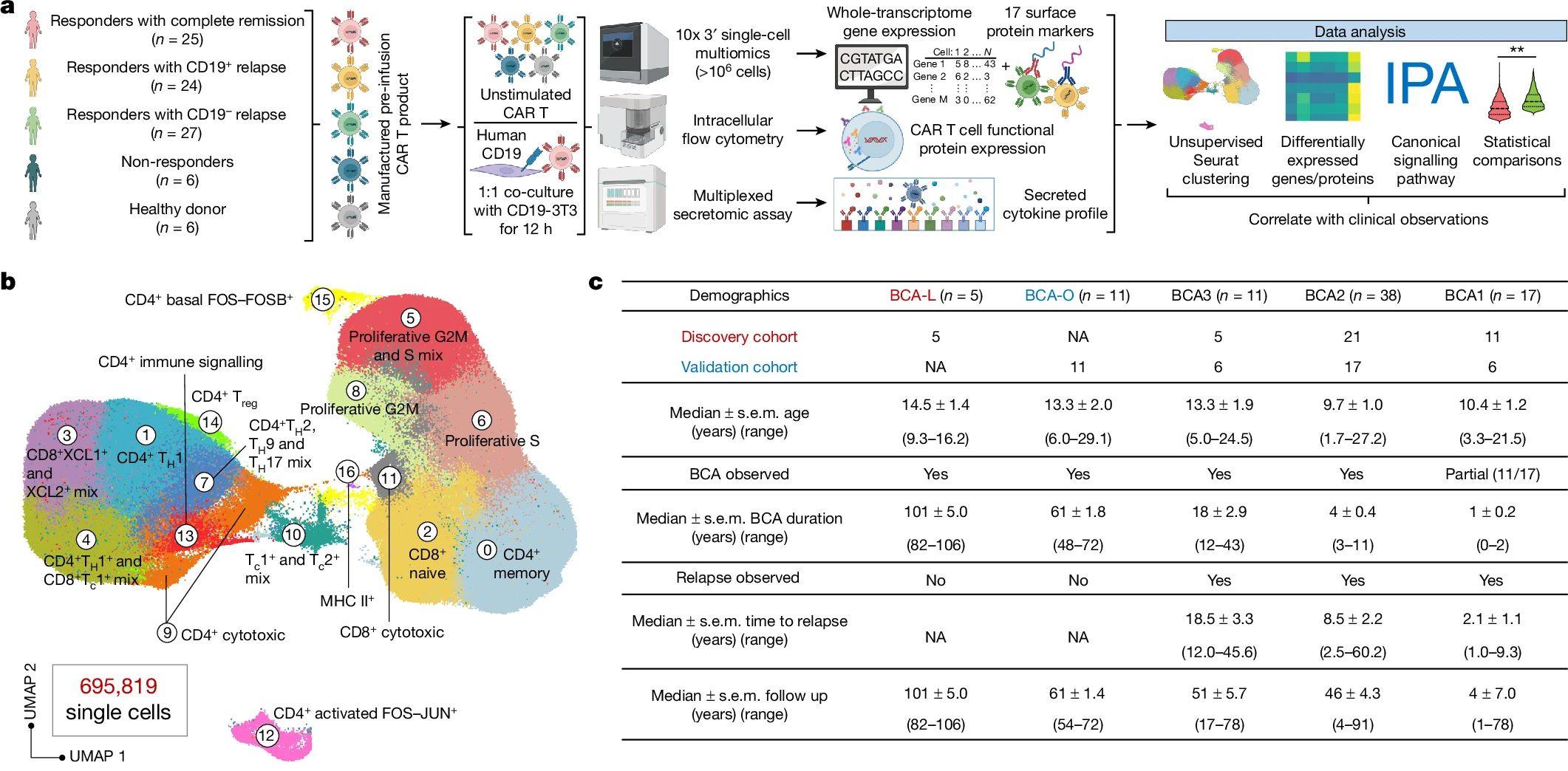
Single-cell CAR T 아틀라스가 8-year leukaemia remission에서 type 2 function을 밝혀낸다 Abstract Acute lymphocytic leukaemia(ALL)에 대한 chimeric antigen receptor (CAR) T cell 치료의 높은 반응률에도 불구하고 약 50%의 환자가 첫해…
Mitochondrial complex I은 신장암 전이를 유도한다 Abstract 대부분의 신장암은 대사적인 문제를 동반하지만, 이러한 대사 기능 이상이 인간의 암 진행에 어떤 영향을 미치는지는 알려져 있지 않습니다. 이 연구에서는 신장암 수술 중…
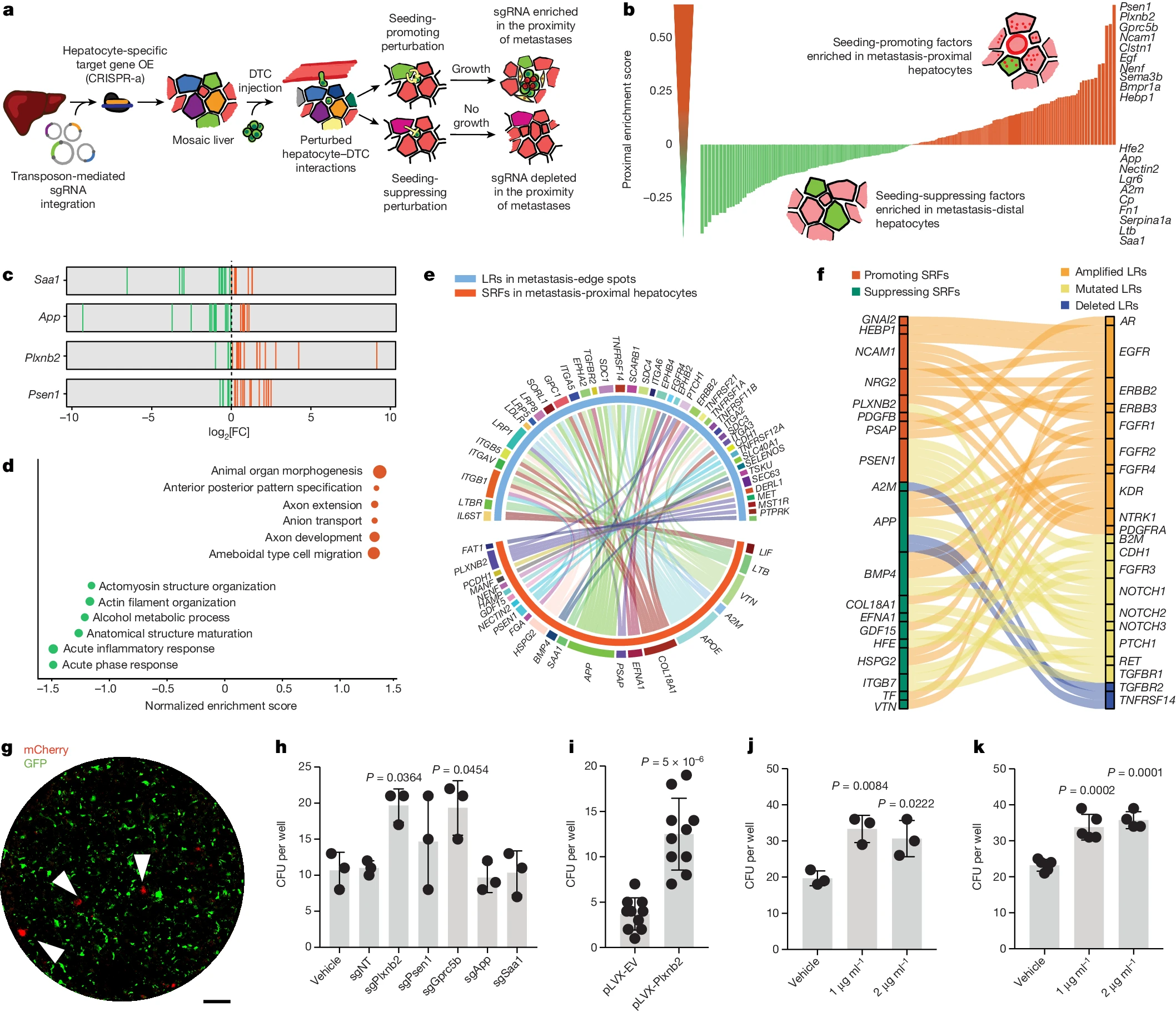
In vivo 상호작용 screening은 전이에 대한 간 유래 constraints를 밝혀낸다 Abstract 전이된 암 세포 중 단 0.02%만이 *명확한 전이(overt metastasis)를 일으킬(seed) 수 있는 것으로 추정된다. 이는 전이의 seeding에 대한 환경적…
시험관 내 소형 대장 모델을 통해 시공간적으로 해석된 대장암 발생 과정 관찰 Abstract 3차원 오가노이드 배양 기술은 종양 및 미세환경 구조를 보다 현실적이고 확장 가능하게 재현할 수 있게 하여 암…
치료 중 소세포 폐암의 진화 과정 Abstract 소세포 폐암(Small cell lung cancer; SCLC)은 화학요법에 대해 뚜렷한 민감성을 보이는 동시에, 빠르게 재발하는 경향이 있지만, 이와 관련된 진화적 과정은 아직 명확히 알려지지…
변형된 전사 연장을 통한 유전된 혈액암의 경향 Abstract 골수 악성종양을 일으키는 다양한 체세포 돌연변이를 정의하는 데 진전이 있었지만, 이러한 암에 대한 중요한 유전적 성분은 대부분 설명되지 않았습니다. 이 연구에서는 대형…
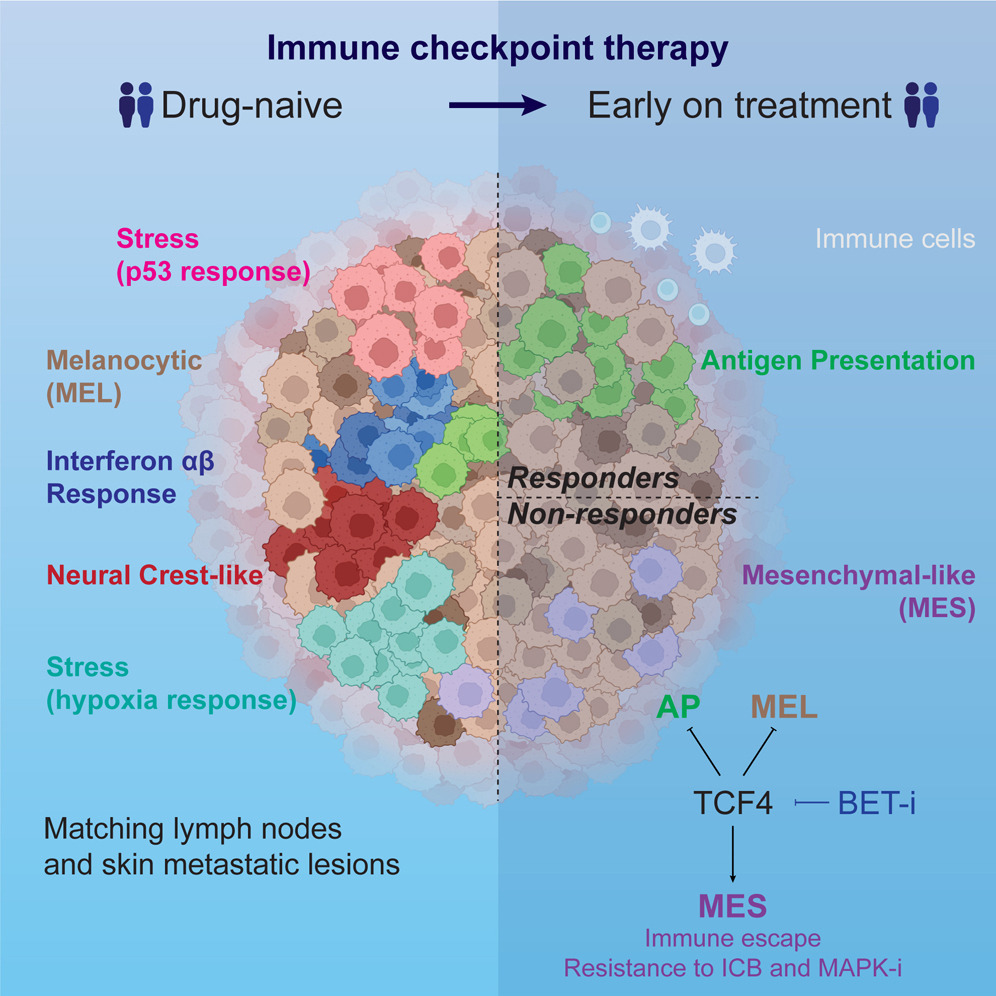
*면역 체크포인트 차단제(immune checkpoint blockade, ICB)에 대한 내재적 저항성을 더 잘 이해하기 위해, 우리는 치료받지 않은 melanoma 생태계의 세포 구조에 대한 포괄적인 관점을 확립하고 ICB를 투여했을 때 어떻게 진화하는지 연구했다. 단일 세포, 공간 다중 오믹스(single-cell, spatial multi-omics)를 사용하여, 우리는 **종양 미세환경(tumor microenvironment, TME)이 복잡한 melanoma transcriptomic landscape의 출현을 촉진한다는 것을 보여주었다. ***중간엽 유사(mesenchymal-like, MES) 상태를 가진 melanoma 세포, 즉 표적 치료에 대한 저항성을 부여하는 것으로 알려진 세포군은 ICB에 반응하지 않는 환자들의 초기 치료 생검에서 상당히 풍부하게 발견되었다. TCF4는 이 landscape의 허브로서 MES signature의 주요 조절자(master regulator)이자 멜라노사이트(melanocytic) 및 항원 제시(antigen presentation) transcriptional program의 억제제 역할을 한다. 유전적으로나 약물학적(bromodomain 억제제 사용)으로 TCF4를 표적하는 것은 MES 세포의 면역원성과 ICB 및 표적 치료에 대한 민감도를 증가시켰다. 따라서, 우리는 여러 transcriptional program을 조정하고 melanoma에서 표적 치료와 ICB에 대한 저항성에 기여하는 TCF4 의존적 규제 네트워크를 밝혀냈다.
교모세포종(glioblastoma) 생존율과 연결된 온콜리틱(oncolytic) 면역 활성화*에 관한 임상 시험 Abstract 면역 요법 실패는 재발성 교모세포종(rGBM)과 같은 공격적인 형태의 암을 특징짓는 매우 억제적인 종양 미세환경에서 비롯될 수 있습니다. 여기서 우리는 재발성…